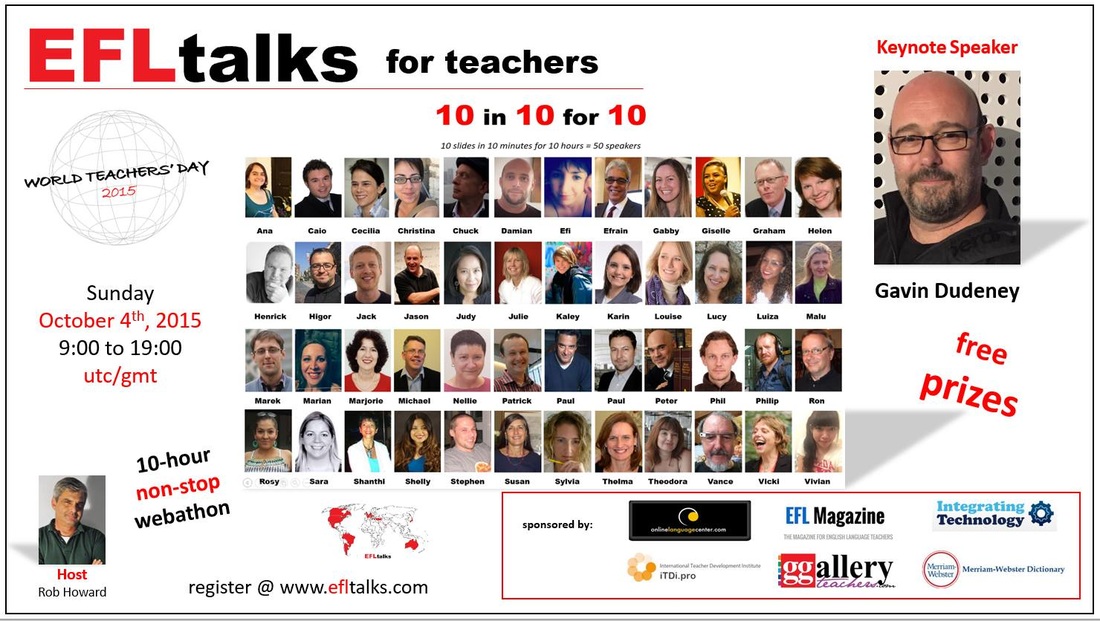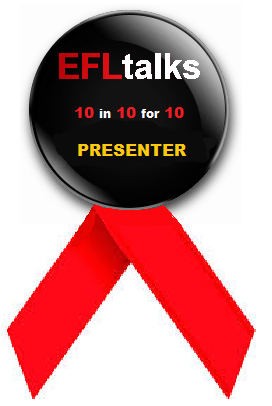|
Today I'm here to talk to you about how graded readers can improve your English. Now I know you are always very busy and that reading is something you can't do whilst you're doing other activities. However, there is a fantastic website which I'd like to recommend to you because you can download an e-book absolutely free and you can download the audio accompanying it. That means you use the audios whilst you're driving to work and you have the PDF or even mobi for kindle or epub for Apple devices so that you can read them, too. You can read these books and whilst you're listening or you can listen and read separately but the fact that you're using your ears to listen and your eyes to read these are two senses which will help you consolidate the expressions such as phrasal verbs, vocabulary, the idioms and the grammatical construction of a sentence. This means you won't have to use traditional text-books to practice your English because you'll be picking it up very naturally as if you were in full immersion. That's why I recommend you read a lot but these books are especially good because they are graded according to levels and this means you'll start with a low level and you won't have the frustration that it's too difficult for you. Then as you improve, as you experience success, you'll be motivated to go to the next level and if you do it very gradually you'll notice the improvement very, very quickly and English will become very natural for you. It'll actually be very good if you sometimes stop an audio and then just repeat it with the same intonation and so also improve your fluency. The website is called https://english-e-reader.net and these are graded readers. You can download them or read them online for FREE. The website is divided into elementary, pre-intermediate, intermediate, upper-intermediate and advanced. These adapted books are one of the best and most interesting ways to increase your vocabulary and improve all your English skills quickly and easily. There is a very wide choice of books of all kinds from classics to quite modern books so you can really choose anything. Every book will show you the book cover, give you a small description of what the story is about, tell you how many total words there are and how many unique words. It'll also give you a few words that you may not know. What's exciting is that you can also download the mp3 versions so that you get them all. I think it's quite exciting actually because you can also have the audios to listen to when you don't have time to read. That way you make sure you are 'reading' a little every day but also practicing your listening skills. There are lots of audiobooks on the web but very often they've been it read by volunteers and they're not a very professional nor particularly exciting. Instead these are really read by professional actors in an exciting way with background music to give the atmosphere just like in films. That's why I recommend this website rather than other ones because at NO COST you have a really professional audio. I suggest you use this website so that you can improve your English by practicing daily listening, reading or listening and reading together. Tell me if this suggestion was useful to you and I'd love you to comment in the box below how you get along with them. Your fluency teacher, Susan
23 Comments
My personal experience...So many students complain that they'd like to practice their English but they don't have enough time. Other high-performing businessmen and athletes manage to squeeze in a lot of activities into one day. What's their secret? How do you spend your commuting time? Is your commuting time WASTED time or GAINED time? When my son was only three years old I chose to send my children to a very good school which was about half an hour's drive from where we lived. Now many people I know criticized that choice, saying that we would have been wasting our time two hours a day because it was a 30-minute drive one way and that was only one of the many disadvantages. In reality it turned out to be gained time because, on the two laps with my children in the car, going to and returning from school, when they were young, we sang songs, spoke to each other, told each other stories, practiced various languages and as they grew we also did spelling as well as times tables but what was most important is that we spoke to each other about our concerns, our worries and in particular, any questions about life they had we discussed: the existence or not of Father Christmas, human reproduction, smoking, drugs and all things which were concerning them as they grew up. In that commuting time I managed to also teach them what I thought were the values of life so we built a really deep relationship through commuting and talking together - we were strapped in the car, we couldn't escape from each other and we really got to know each other; I got to trust them and they got to trust me. It bonded our relationship and I know that if we hadn't had this commuting time we wouldn't have built such a strong relationship because I would have done my own thing in the house, with all my household duties, whilst they would have gone to play and it wouldn't have been such an opportunity - so if you use this commuting time wisely, it is only gained time. Not only was it quality time when we were together, but on the journeys where I was alone, on the way to pick the children up or coming back from having dropped them off, I used the time to discover the joys of audiobooks. I had really never used audiobooks and that's when I started discovering how exciting they are! Then I started learning Spanish and realized the advantages of language learning in the car, so for me commuting does not only have the disadvantage of the hassle - sometimes I'm stuck in a queue - commuting isn't only something negative, it's something positive. So that's why you, who I'm sure are very busy, as I always have been, can take advantage for your language learning too because you can listen to podcasts, you can sing songs in English, you can listen to various audio books in the language you're studying and take advantage of audio courses where you listen, where you repeat and even if you don't want to do any of that, you can just talk to yourself in the language you're studying - for most of you that'll be English: talking to yourself will help your jaw get used to forming the words in the language you want to become fluent in and, best of all, nobody can laugh at your mistakes! As a result you'll feel very confident and the more you talk to yourself in this language, even if you're making mistakes, it doesn't matter, you improve your fluency. That's why I think that taking advantage of commuting time means that when you get home you've done your daily dose of teaching yourself a language or practicing it and then when you're home you can dedicate your time to relaxing, doing sports, spending time with your family and that's very important, to have the feeling that you've done something for yourself, without stealing time from the things that you love, which are not necessarily language learning. This is why I've developed this course where you can, while you're in the car, listen, repeat and practice your fluency, practice your listening comprehension and practice your grammar because the exercises, over the weeks, gradually revise the grammar from easy to difficult including phrasal verbs and typical expressions. These are all things that you can do, in particular, in the car whilst you're commuting - I recommend you don't just use the time for listening to music and chatting to your friends on the phone but actually as a kind of training for yourself. Now take advantage of it, see the positive side of it! I teach a lot of doctors; I teach a lot of people who are really, really busy and don't have much time but do commute. These courses are especially useful for people who have a very busy schedule so if you think that you'd be interested, download these courses I developed especially for you busy people - try them out. It's only ten minutes a day every day and you can listen, repeat and practice all your skills - the only skill that isn't really contemplated is writing but that you can practice in the comments box here below. This course was actually conceived for listening and repeating; so download it - the first week is absolutely free – if you find it's useful then you can go on my website and check out if you want to buy one or more weeks of the subsequent course. Turn commuting time into GAINED TIME and enrich your life! I hope you found these tips useful, your fluency guide, Susan P.S. Check out my podcasts to download & listen to whilst commuting if you have no time to watch my videos! 10-minute-a-day FAST FLUENCY TRAINER on-the-go: Why I decided to develop this course and its REVIEWS3/6/2017 Please leave your REVIEW in the COMMENTS below...I wonder if you are like me…. There are so many things that interest me… books, art, music, creative activities, sport… and so I promise myself every week that I’ll find time to read a little, do daily exercise, both to improve my physical and mental health but then… - I want to do my best in my job so I spend a lot of time reading up on the latest developments, I take courses to update my professional skills… - I have a family that needs my attention and with whom I want to spend quality time… - a household that needs managing and taking care of... … and so the days slide by and weeks turn into months and before I know it another year has passed without doing anything for me personally, something I believe I need. This is the reason I decided to develop this course for you, my Fast Fluency Trainer. The idea behind it was to give people the possibility to train their fluency, their speaking skills, while commuting, going for a walk or doing household chores. The beauty of it lies not only in being able to practise without taking away time from all your other activities but it gives you the possibility to speak in private, without feeling that someone is listening and judging you. This gives you the feeling of freedom to make mistakes and experiment with your mouth the different sounds you can make at different speeds, because language can sometimes be a tongue twister and your mouth needs to be exercised. If you practise just 10 minutes a day for 7 days I promise you will feel the language flow easily from your mouth and you will be excited to feel this improvement not only in how easily you speak but also to how well you express yourself naturally without too many grammatical mistakes. So take on the challenge right now - what have you got to lose? Download my FAST FLUENCY TRAINER exercises onto your phone and start listening and repeating them! … and don’t forget to let me know if you found them helpful by adding your comment below!Something YOUR BODY USES TO LEARN WITH… The five senses are expressed in many different ways in the English language, making us 'feel' these senses depending on what words we choose to use. Unusually teachers do not dedicate too much time to teaching them, robbing us of 'rich' sensations which are fundamental to learning about everything around us by touching, smelling, looking, hearing, tasting and feeling. FIND OUT more about THE DIFFERENCES in HOW TO USE these FIVE IMPORTANT WORDS by WATCHING this VIDEO!
Songs always bring a breath of fresh air into the SONGS in the classroom: GRAMMAR GALORE – intermediate / advanced / teens / adults lassroom and are greeted with joy. I usually try to choose songs, which are not only clear and fairly easy to understand but have meaningful content for language learners such as grammar, phrasal verbs or vocabulary pertinent to what we are studying. A wonderful song full of all kinds of grammar and expressions that is for intermediate / advanced students is HOLLYWOOD – Michael Buble. The catchy tune is fun to listen and sing along to whilst the rich assortment of language leads to all kinds of possible adaptations for practice – some of which I have suggested at the end of the document to download. You can download the worksheets to the song below. Feel free to delete or translate the Italian into another language. Can anyone suggest any other songs for practising grammar revision? Hope you have fun with it! Susan
If you liked this song, check out my playlist for other chants and songs:
YOU TUBE PLAYLIST: Susan's ESL Learning Videos (Chants & Songs) Tricky ENGLISH PRONUNCIATION Made Easy is a series to HELP students PERFECTION their PRONUNCIATION in difficult areas of English. Want to speak like a native? Say FACEsssssssBOOK SsssssssLOWLY like a SsssssssNAKE.... Learners of English tend to pronounce the letter S before a consonant at the beginning of a word like a Z so they ZMILE when it ZNOWS; they like ZWIMMING ZLOWLY and they offer UZ a ZLICE of cake just to give a few examples. It gives USsssssss GOOSEsssssssPIMPLES to hear that they live in a HOUZE, that they post THIZ photo on FAZEBOOK! So if you want to speak like a native pay great attention to how we pronounce the letter S in various contexts: http://youtu.be/zMbxBm3gpO8 You can download the picture below. I hope you find this useful. Susan
Adults and children alike tend to sing songs often without thinking of their meaning. Christmas is a time for singing and I have broken down a Christmas song for teens and adults, Happy Christmas, as well as one for children, Rudolph, to practise adjectives and expressions. I start by singing the song, we then personalize the main sentences (see my sheets) to make them more meaningful for the students who will hopefully not only remember the new words and expressions repeating them in song but will also have fun doing so. You can download my sheets below. Feel free to delete or translate the Italian into another language. I hope you find the activity useful and enjoyable. Susan
A Christmas classic in two pages to practise scanning and listening comprehension skills is another way of approaching Dickens and acquiring exam skills. I summarized the story to be done in a one-hour lesson so as not to be too tedious and give a sense of completion. I first hand out the story (see download) or project it on the whiteboard and whilst I’m doing so they can skim it but most students already know the story from films or cartoons if they haven’t already read it. I divide the class into teams A and B. I then ask them questions on the text without the students being able to read them and the first person to find the answer in the text gets a point for their team. They have to read out the complete sentence to answer. This activity gives them listening, scanning, reading and pronunciation practice. It's more fun than just reading the story. There is also a GAP-FILL for homework but one has to first collect in the photocopies with the complete story on it. The competitive element makes it an exciting activity even for those participants who would normally be easily bored by reading a story. To encourage weaker or less collaborative students (I’m thinking of some teens) I sometimes nominate those students to receive 2 or 3 points each for their team, making sure there are an equal number of ‘specially nominated’ students in each team so as to be fair. You can download my three sheets below. I hope you find the activity useful and enjoyable. Susan
Preschoolers (and younger Primary School children) love singing to movements. I invented this Preschool Nativity Play Song to act out the Nativity so as to learn not only the story but also a lot of vocabulary as well. We usually do it altogether, assigning just the main roles to a few but everyone else joining in at the same time. The more dramatic the movements, the more meaningful and fun: father’s long long beard reaches the ground (pulling it from our chins), we put our hands up on our heads to imitate the donkey’s long long ears, and so on … Depending on the size of the group we sometimes improvise costumes as well, or one of the bigger children as a donkey – we often make crowns for the Wise Men and a few ‘presents’ before starting the song. Anything to make it fun and memorable. I am posting it well ahead of time because some teachers like to do it as a one-off activity whilst others like to practise it for an upcoming Christmas show. Either way, you can download the NATIVITY SONG and suggested tune in the audio below. Hope the children enjoy it! Susan
Many certifications, beginning with the Cambridge English: Young Learners STARTERS /MOVERS / FLYERS exams for primary school children, require students to describe pictures in varying detail depending on their level and to understand listening pieces in order to carry out tasks demonstrating their comprehension. Therefore practising these skills intensely together will give the students the confidence to face these exams from a very young age.
I have tried describing these pictures with chants where I sing a piece and they repeat it like an echo. To make it more fun I have them search for what we are singing and see if they can find it before their friends. This makes them not only practise fluency but also verify their comprehension.
Subsequently – when the chant has been repeated numerous times over a period of time (a few days) – students can be asked to describe the picture with their own words. Inevitably they will use the right collocations and vocabulary. For older students one might try making a gap-fill with the text to see if they remember the right prepositions or collocations. For this purpose I am also adding the Word document to modify as you feel necessary. Children could, in groups, describe one aspect of another picture and then all the class puts the various sentences together into a chant to sing together. All the materials and audio are provided below for you to download. If you have any other ideas of how one could exploit the materials please comment below. Hope you have fun using them! Susan
Repetitive NURSERY RHYMES with their easy rhythmic tunes and well-known NURSERY TALES lend themselves to SINGING and ACTING: two activities which children love doing!! Many years ago I ADAPTED three NURSERY TALES in increasing difficulty to RECYCLE the most important LANGUAGE we had learnt during the school year. Children loved it and parents enjoyed watching their children's progress. HAVING FUN was another key element to making sure they learnt EXPRESSIONS IN A MEANINGFUL CONTEXT. NURSERY RHYMES can also be ACTED OUT whilst they are being SUNG to consolidate their meaning and enable children to pronounce somewhat complicated sentences to PAVE THEIR WAY TO FLUENCY... GOLDILOCKS is the second in order of difficulty of the three to download with the pronunciation guide as well to help children practise alone at home. (See previous post dated 9th July 2015 for the easier LITTLE RED RIDING HOOD). In those days children had no other way of practising autonomously. Nowadays I prefer to RECORD AUDIOS of the pronunciations for them TO LISTEN TO REPEATEDLY all collected in a Dropbox folder for easy access. Try these out! Hope you have fun with it! Susan
Many language students tend to dedicate a long time studying rules and doing written exercises yet not many manage to apply them in spontaneous conversation. Despite exposure to texts and listening activities, unless they practise speaking intensively few are talented enough to be able to express themselves orally without sounding unnatural. For this reason I am trying to create useful songs and chants which incorporate repeating collocations, prepositions, phrasal verbs combined with movements to allow students to embed and practise their oral expression in a fun way and lasting manner without feeling bored or embarassed. I believe in 'learning by doing' and practising speaking can never be enough! The following song is about a pupil's DAILY ROUTINE: Download the VIDEO below to see the movements connected to the EXPRESSIONS in the simple song! (Unfortunately I could not upload the Video with subtitles due to 34MB size - I will gladly email it to you on request.) Try it out and have fun! Susan
I have been setting expressions to music and rhythmic chants for decades with excellent results. Distinguishing when to use the different sets of PRONOUNS and POSSESSIVE ADJECTIVES are always a problem in my classes - students just don’t seem able to distinguish them - so I have invented this chant in the hope of fixing these expressions forever!! Chants are a very repetitive way of embedding expressions in the brain so that they become second-nature and just 'sound right' without having to resort to learning grammar rules and translating from one's own language with the inevitable often horrific results. Taking turns when playing games – many students don’t know when it’s their turn and the others like to ‘wake them up’ but telling them so: I insist they use English, thereby practicing their pronouns at the same time! Here is another chant for them to remember the expression. You can download the worksheets to the chants below. Hope it's useful! Susan
Chants are a very repetitive way of embedding expressions in the brain so that they become second-nature and just 'sound right' without having to resort to learning grammar rules and translating from one's own language with the inevitable often horrific results. I have been setting expressions to music and rhythmic chants for decades with excellent results. LISTEN TO ME. and GO TO are two expressions which are constantly wrong in my classes - students just cannot remember to use the preposition with these verbs - so I have invented this chant in the hope of fixing these expressions forever!! You can download the worksheets to the song below. Hope it's useful! Susan
Engaging young people in conversation with English-speaking peers not only increases their vocabulary, grammar, fluency, comprehension and confidence but is also much more motivating because they think alike, have similar interests and are usually on the same wave-length.
It is that more beneficial because they pick up and interiorise the language without thinking and translating - the expressions and collocations become "second-nature". At a recent venue abroad a very fluent non-native English speaker kept up a running commentary on the athletic events taking place. However some basic mistakes made it obvious that he was not thinking in English: he wanted to remind the athletes to wear their tracking equipment using the phrase, "Think ON the transponder and number" (in German: Denk AUF...) instead of "Think ABOUT / OF..."; he often repeated, "This is the last lap IN FRONT OF the finish" meaning "the last lap BEFORE the finish", (die letzte Runde VOR dem Ziel). VOR in German means IN FRONT OF as well as BEFORE and if he had learnt them as collocations he would never had made these mistakes! The best way to learn a language is 'living' it in context. The younger the better... The sooner the better... that is why speaking to peers is essential: either for free on various social networks and conversation exchange websites or with paid online lessons which guarantee conversation with serious youngsters who have a wider range of topics to discuss due to their cultural backgrounds and interests which may not only improve a teenager's English but also broaden his horizons. Check out for example CONVERSATION ONLINE for TEENAGERS by a TEENAGER... Another language experience I had in my mother's nursing home in Germany the other day was when all the elderly were sitting watching an event and a German woman SUFFERING FROM obvious DEMENTIA overheard us speaking English and intervened with an excellent accent and correct fluent sentences. This goes to prove that WHEN LANGUAGE IS WELL EMBEDDED IN THE BRAIN THE ELDERLY RETAIN IT even when they are no longer capable of participating in life in the 'present'. Some food for thought! Susan
Actions can be practiced easily with a fun miming game.
I like to introduce more complicated actions like “popping a slice of toast into the toaster” by providing two teams with a list of less commonly known expressions in a fun miming game. In this manner whilst they are trying to guess what the action represents, they are continuously scanning the various new expressions on the list thereby fixing them in their memory and using them to find out if the action corresponds. In fact, as the game progresses they become faster and faster proving that they are learning the expressions at the same time. There are a few rules to follow: 1. Each team receives the same lists (but I usually give three different sheets to each team – one per person – so that everybody is involved in the search since not everyone in each team has the same sheet and so they cannot ‘sleep’ as they have to contribute if their teammates haven’t got the expression they are looking for). 2. The person who is going to mime picks an expression (you have previously cut the expressions into strips) out of a bag. 3. The person miming does so for their own team so that they are forced to do it well. The team members ask: "Are you ....ing?" Answer: "Yes, I am. / No, I'm not." 4. If the team guesses the first time they gain 3 points, if they guess the second time they get 2 points and if they guess the third time they only get one point. 5. If they still haven’t guessed the opposite time gets to try for one point. 6. If they don’t guess the original team has a go for one point and they alternate until one team wins the point. 7. Then the opposing team starts miming again for three points… The game is always very popular and fun as well as being effective. You can download the worksheets below. Feel free to delete or translate the Italian into another language. Hope you have fun with it! Susan
Combining movements to rhythmic chants in order to memorize words and meanings in a FUN way without having to translate has always been popular with children and adults. I invented the DIRECTIONS CHANT for teenagers decades ago and many of my former students still remember them.
Download the VIDEO below to see the movements connected to the DIRECTIONS in the rhythmic CHANT! Try it out and have fun! Susan Poems I find are difficult to present in an appealing way, more so if they are for students of English. Many years ago I attempted a project fueled by my enthusiasm for the MUSICAL CATS in which I presented one T.S. Eliot’s CATS poem a week with comprehension questions of various nature. In those days we listened to the song on cassette but I would recommend showing a You Tube Video to them on the IWB to make it more exciting. For intermediate/advanced students I find that SKIMBLESHANKS the Railway Cat – Musical: CATS is rather fast as it mimics the speed of the train but the poem/song also gives us the opportunity to discuss TRAVELLING BY TRAIN in the past and today on normal trains and luxury trains like the ORIENT EXPRESS. It can also arouse curiosity to watch the entire musical and can lead to interesting discussions. I plan on occasionally posting poems from my CATS Project in the hope they may be of interest to students and teachers and would welcome any feedback. You can download the worksheets to the song below. Feel free to delete or translate the Italian into another language. Hope its another interesting way of learning English! Susan
Also check out MY PLAYLIST
for Susan's ESL Learning Videos (Chants & Songs) https://www.youtube.com/playlist?list=PLrvV_PywFOlxgfR5RpMw7rLsI6ai3yHai Songs always bring a breath of fresh air into the classroom and are greeted with joy. I usually try to choose songs, which are not only clear and fairly easy to understand but have meaningful content for language learners such as grammar, phrasal verbs or vocabulary pertinent to what we are studying. For intermediate/advanced students I find that IF I WERE A RICH MAN – Musical: Fiddler on the Roof is not only repetitive easily teaching the SUBJUNCTIVE with practically no effort but the song also gives us the opportunity to discuss the historical and religious context the musical is set in: a small Jewish community in a Russian village with all its traditions and its relationship with the Christian community in and outside the village. All in all a catchy tune which can also arouse curiosity to watch the entire musical and can lead to interesting discussions. You can download the worksheet to the song below. Feel free to delete or translate the Italian into another language. Hope you have fun with it! Susan
SONGS in the classroom: GOTTA/GONNA/WANNA/AIN’T – intermediate / advanced / teens / adults25/6/2015 Songs always bring a breath of fresh air into the classroom and are greeted with joy. I usually try to choose songs, which are not only clear and fairly easy to understand but have meaningful content for language learners such as grammar, phrasal verbs or vocabulary pertinent to what we are studying. For intermediate/advanced students I find that WHERE IS THE LOVE? – Black Eyed Peas is rather fast and has difficult vocabulary but repetitively stresses various language structures including phrasal verbs and slang abbreviations like gotta/gonna/wanna/ain’t. The song is an opportunity to discuss many controversial subjects and expressions which I have noted at the end of the song. All in all a catchy tune with profound ideas which can lead to interesting conversations. You can download the worksheets to the song below. Feel free to delete or translate the Italian into another language. Hope you have fun with it! Susan If you liked this song, check out my playlist for other chants and songs: YOU TUBE PLAYLIST: Susan's ESL Learning Videos http://www.youtube.com/playlist?list=PLrvV_PywFOlxgfR5RpMw7rLsI6ai3yHai
FREE YOUR MIND and let the LANGUAGE FLOW! – unblocking the brain for better language acquisition20/6/2015 The situation: I am in a tiny village in France for a big family reunion - relatives meeting from as far as Alaska and as close as the surrounding European countries. Most of us are at least bilingual and the mix of languages and cultures is for us as normal as it is exciting - we ourselves marvel at the wonder of it despite being used to it!! We don't see each other so often and the children grow so I approach a y oung boy handing bh out pamphlets and ask him "OK," I reply in English, "What's your name?" "I don't speak French!" he says very quickly. I continue in English, "Yes, but what's your name?" "I don't speak French!" he replies desperately. I decide to change question in English, "Where are you from?" "Seattle!" he replies. "Oh, so you must be...." - I finally got a break through - he had realised I was speaking English to him. The problem: This is the typical situation of a MIND BLOCK - he was in such panic that he couldn't understand what I was saying despite speaking to him in his native language. Many language students experience this and if in a listening exercise they don't understand the third word of a sentence they close their mind and can't understand the rest of the sentence. On the other hand if they don't understand the word towards the end of a sentence they have understood enough to make a good guess of what the unknown word could mean. Guessing the meaning of unknown words is fundamental because one can't look up every word in a dictionary in mid-conversation. But if a student experiences a MIND BLOCK he Don't think so much! Let your mind wander... My personal experience: Whilst teaching myself Spanish with audio-cassettes many years ago, despite repeatedly listening to a sentence with great concentration that I found impossible to understand, I could in no way decipher it. I was driving while listening and decided to carry on listening to the tape ignoring that particular sentence. I played that cassette continuously for about three weeks and very often my mind wandered to things I needed to do but obviously my sub-conscience was paying attention because all of a sudden a little light went on in my brain and I stopped the cassette - I had suddenly understood that sentence! I went back and forth on the tape - it was true! I really understood it! I had given my brain repetition, time to 'digest' and elaborate and it had been free to absorb the language so that suddenly I understood. So DON'T FIX YOUR MIND ON WHAT YOU DON'T UNDERSTAND! CONCENTRATE on what you DO UNDERSTAND, then RELAX, OPEN YOUR MIND to any new sounds GUESS and leave your brain our time to do the rest!! Give your brain a chance! It really works! Susan Update: Try out my LISTENING COMPREHENSION with Susan’s A WEARY TRAVELLER'S TALES on my YouTube Channel:
Which is the best way to learn a language? By LISTENING! A baby is born and listens to the language (or languages) spoken to him for approximately two years before it can form simple complete sentences. It does not study grammar but picks it up in context with the vocabulary and speaks it more or less correctly from the beginning. My personal experience is exactly the same: I learn languages best by being exposed to them in various formats but most of all by listening. One does not need to study grammar in detail because even when we speak our own native language we don’t think of all the grammar rules whilst we’re speaking. Therefore the easiest and most natural way to pick up a language is primarily by listening to it a lot it. When you say something you’ll gradually recognise if it sounds wrong. One of the BEST TECHNIQUES is to listen to a very short sentence or part of it, stop the recording, repeat it with exactly the same speed and intonation (without the distraction of reading it) and only progress to the next sentence when you sound fluent in the previous one. The muscles in your mouth gradually loosen, you feel less tongue-tied and all of a sudden you’re repeating the sentences fluently. Doing this exercise even only five minutes a day will boost your fluency incredibly! It’s summer holiday time – more time for everything including 5 minutes a day fluency practice. Reading, singing and watching TV with English subtitles are great additions to your fluency training. Here are some of the websites I absolutely recommend for LISTENING PRACTICE with the technique I have just explained above. Voscreen – only 5 SECONDS ENGLISH game to understand and repeat http://www.voscreen.com/ ororo.tv – complete TV series in English http://ororo.tv/en LyricsTraining - an easy and fun way to learn and improve your foreign languages skills, through the music videos and the lyrics of your favorite songs. LyricsTraining also has a special Karaoke mode that lets you sing and enjoy the full lyrics. http://lyricstraining.com soundsenglish.com – graded listening with exercises http://www.soundsenglish.com TED TALKS - for more advanced and extended listening practice, a full collection of lectures and talks arranged by topic. ted.com and lots and lots of YOU TUBE – watch your favourite YOU TUBERS !!!! Do you you know of any others? Hope you have fun and feel the improvement with it! Susan Update: Try out my LISTENING COMPREHENSION with Susan’s A WEARY TRAVELLER'S TALES on my YouTube Channel:
|
Categories
All
Would you like regular English learning & teaching ideas? Subscribe to my blog so you don't miss a post!
AuthorMy name is Susan Brodar, born in London into a multilingual family and brought up bilingual English / Italian. Archives
December 2018
|
||||||||||||||||||||||||||||||||||||||||||||||||||||||||||||||||||||||||||||||||||||||||||||||||||||||||||||||||||||||||||||||||||||||||||||||||||||||||||||||||||||||||||||||||||||||||||||||||||||||||||||||||||||||||||||||||||||||||||||||||||||||||||||||||||||||||||||||||||||||


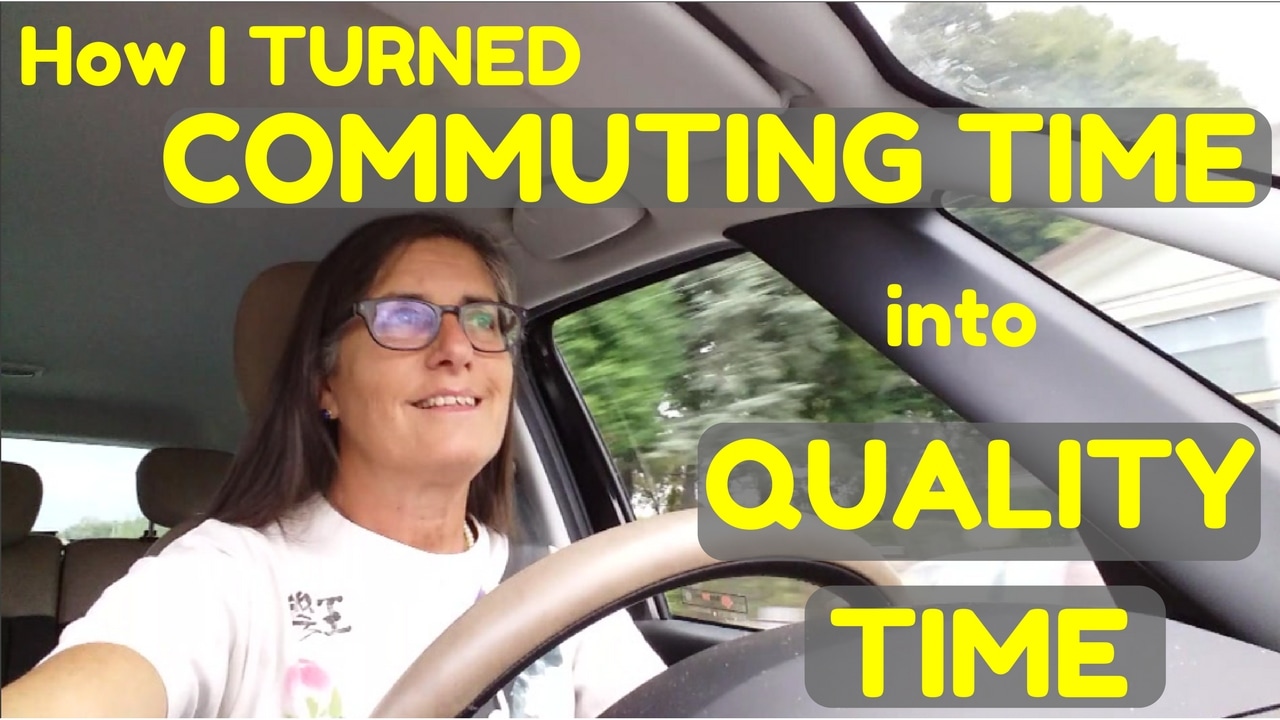
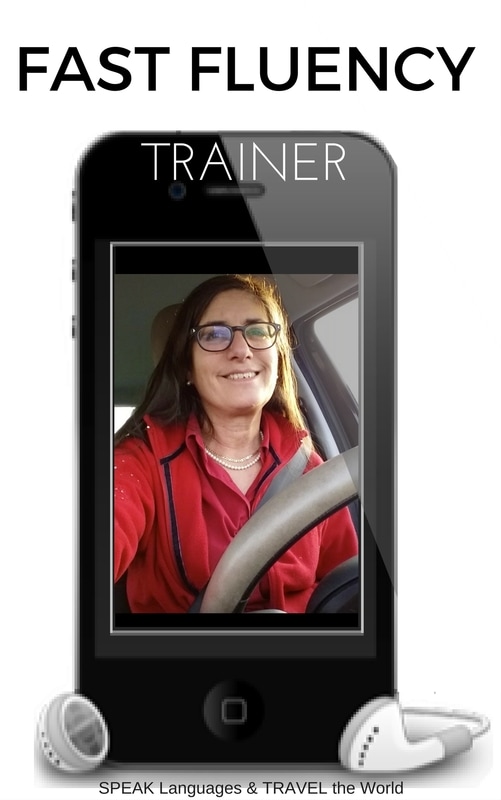

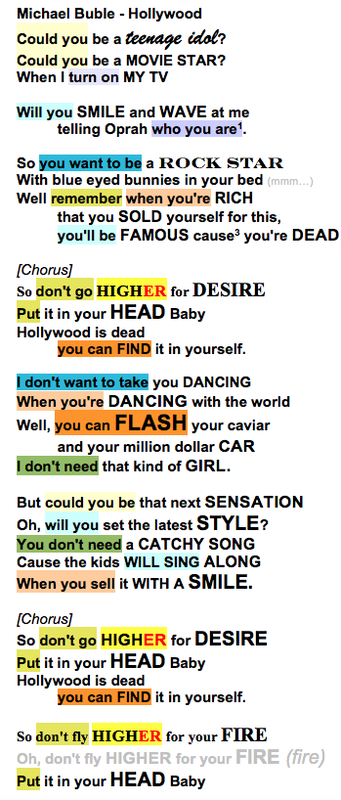
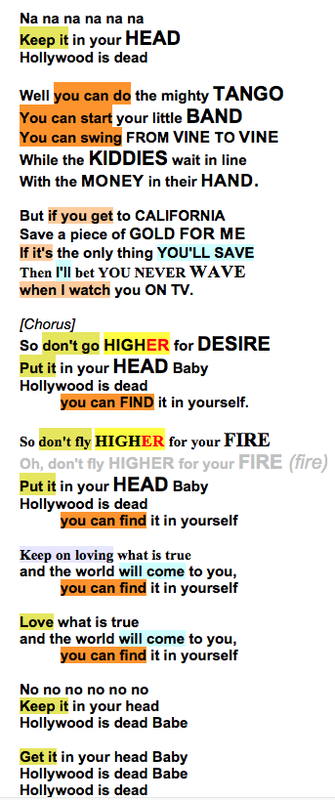
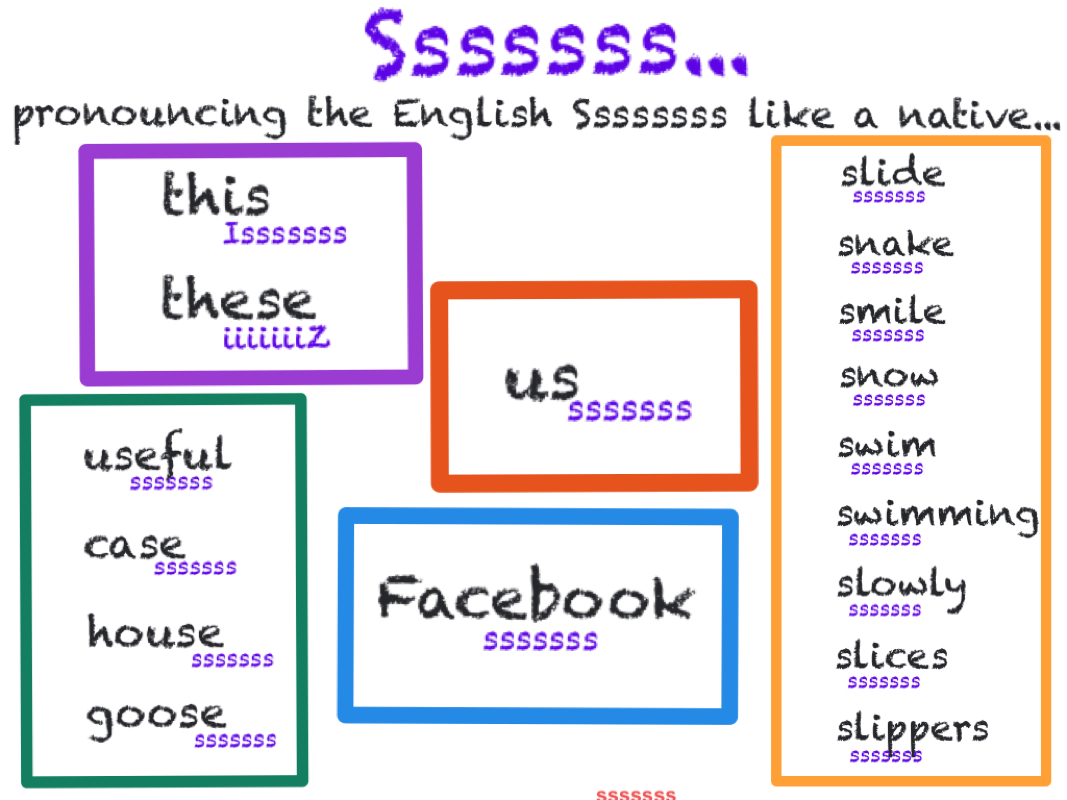
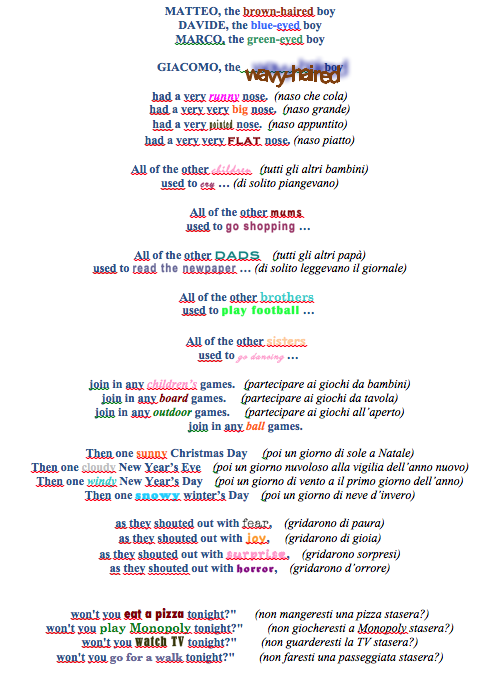
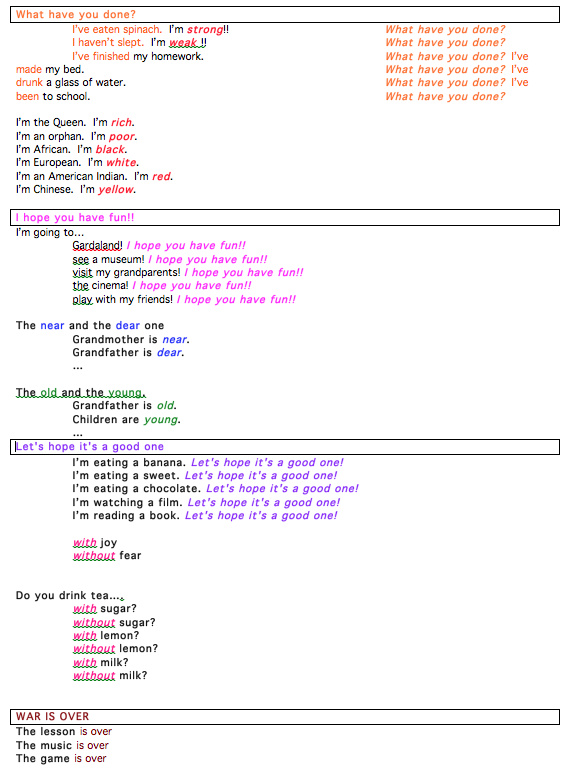

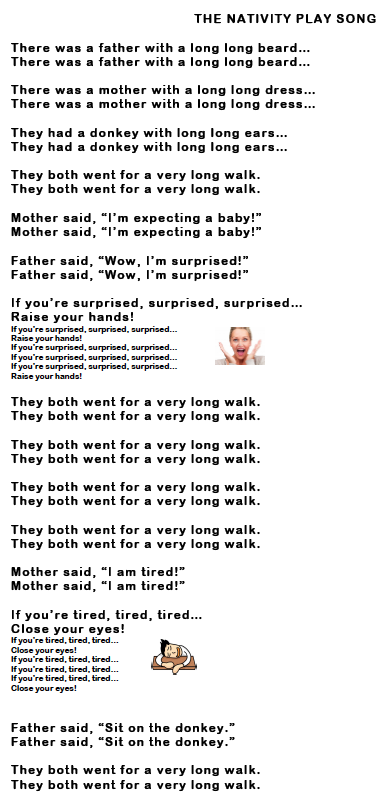

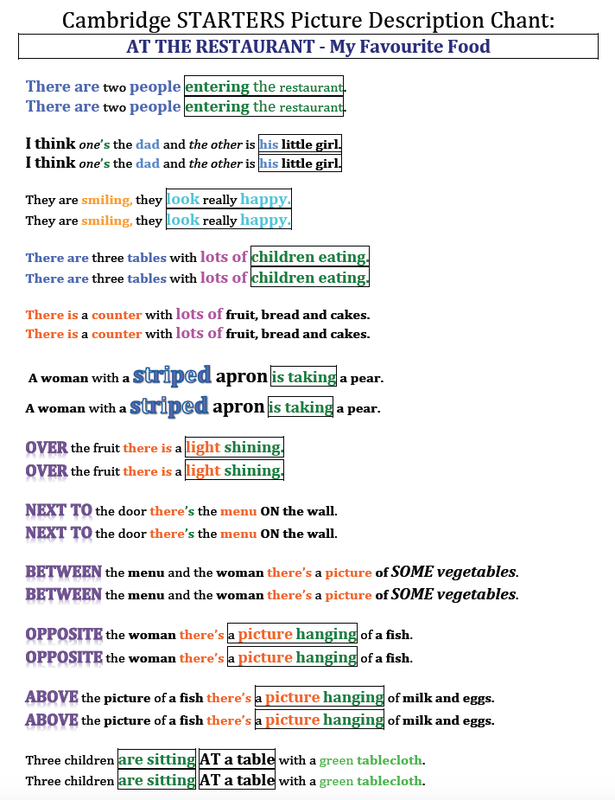
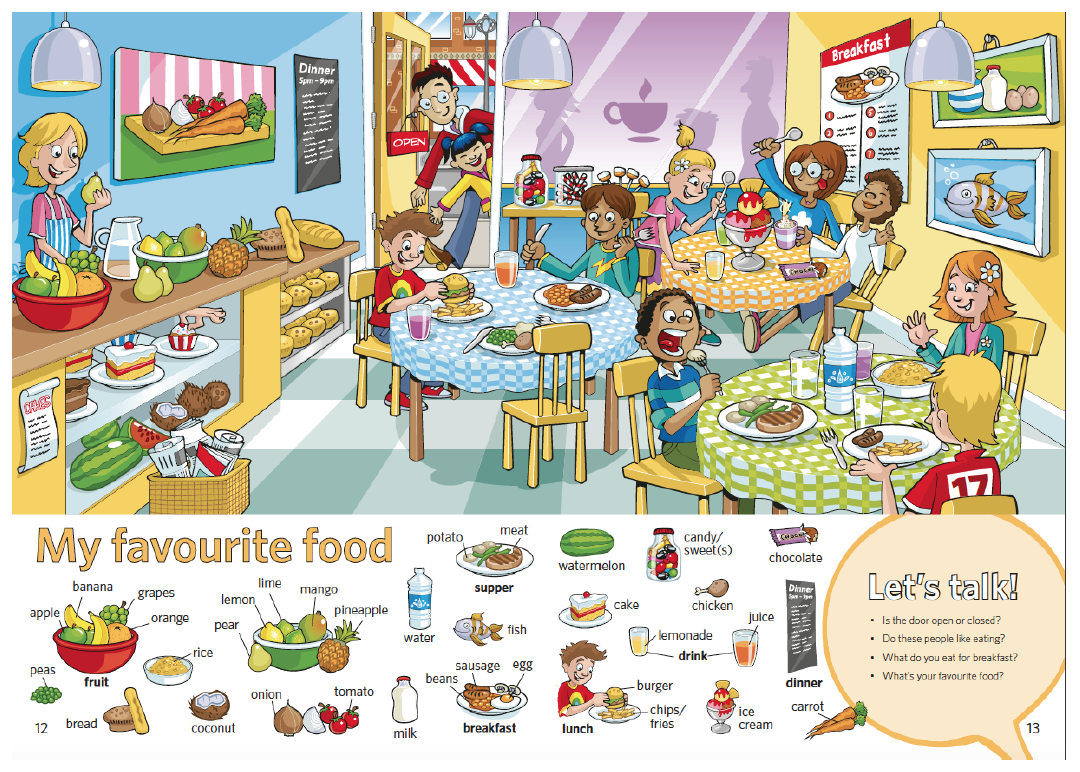

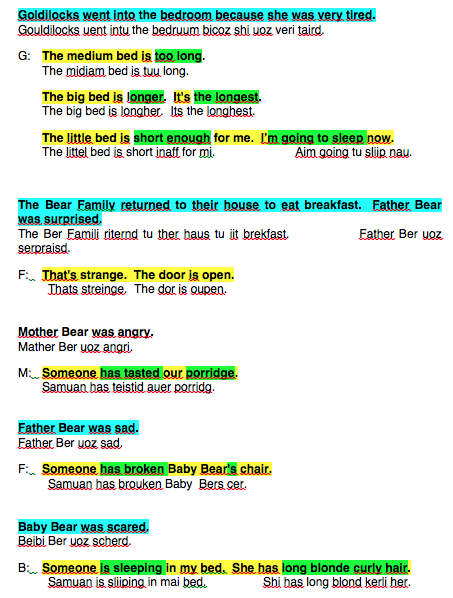
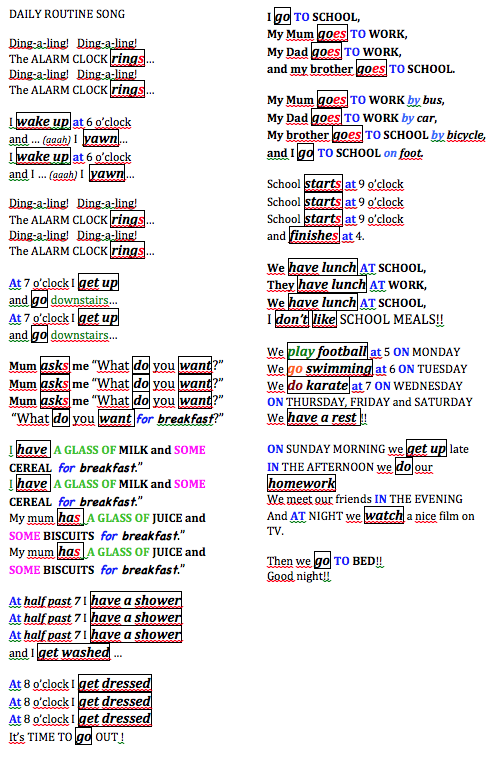
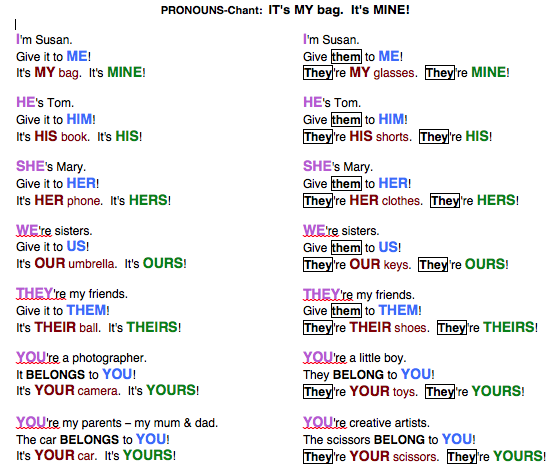
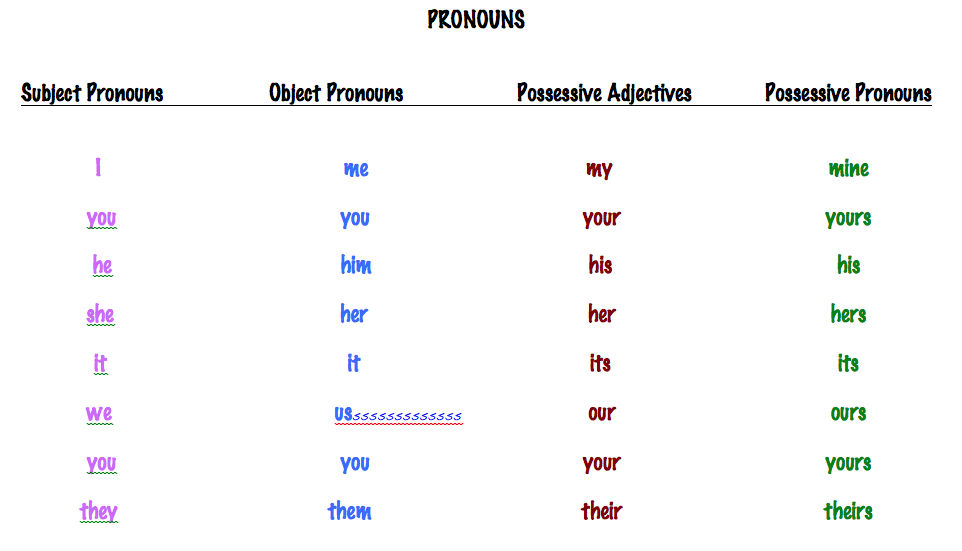
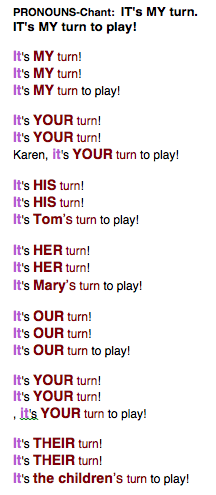
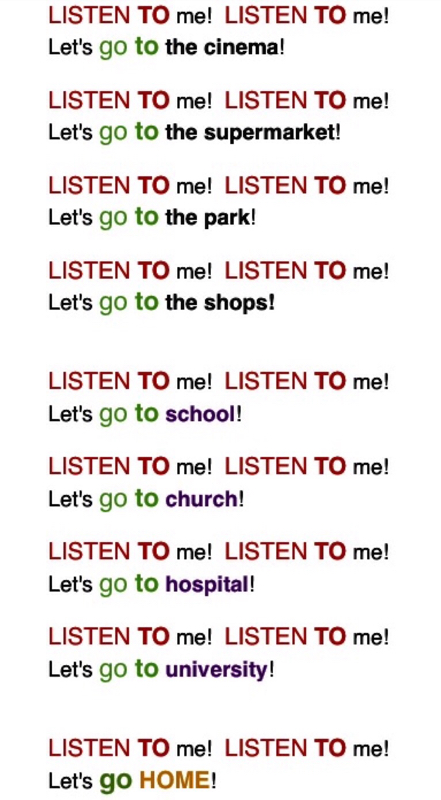
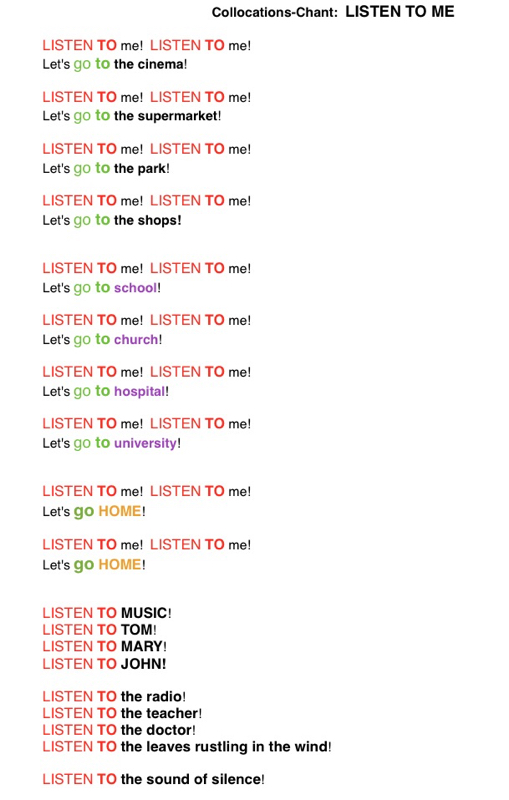

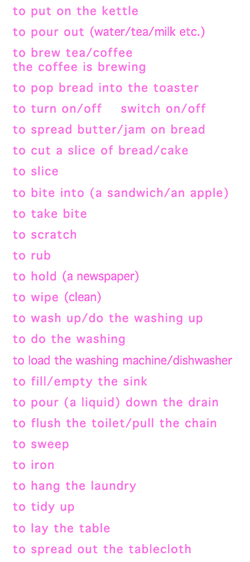
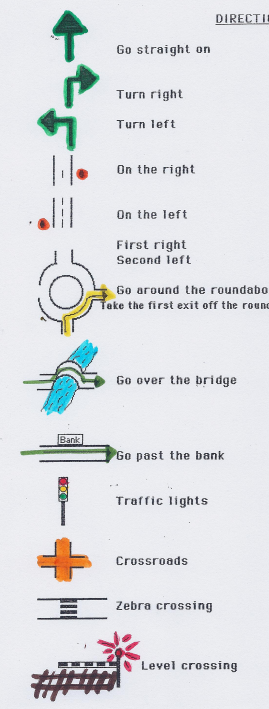


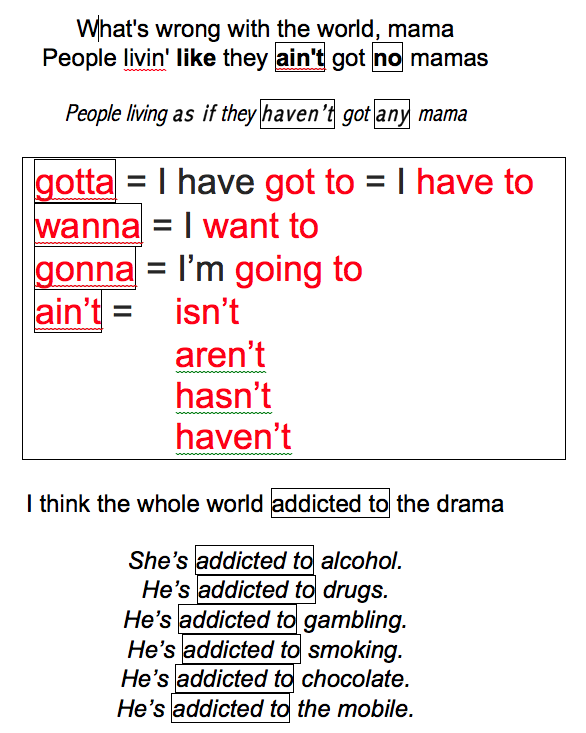





 RSS Feed
RSS Feed
